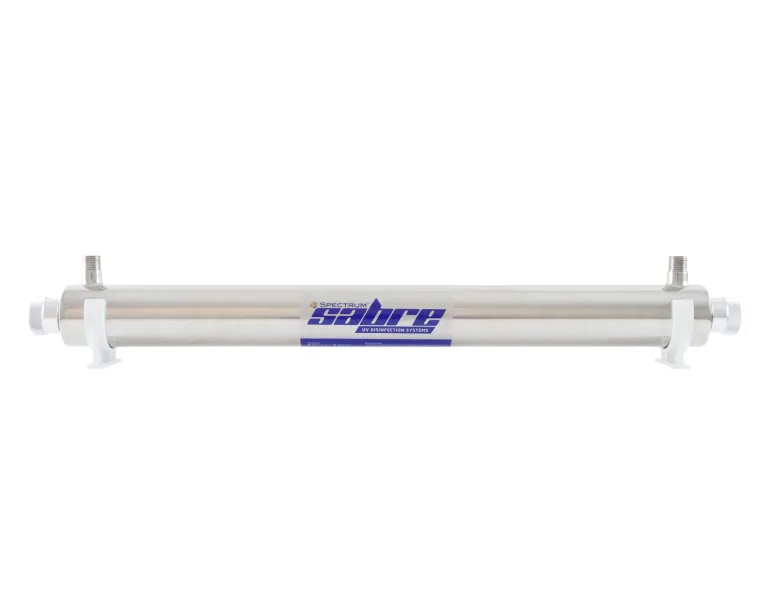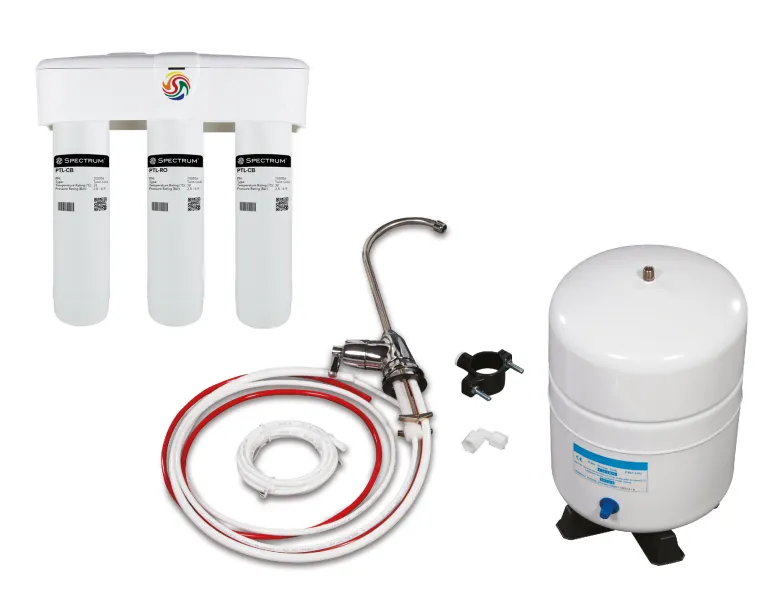Look at a glass of sparkling H20 and you’d be forgiven for thinking it was clear, pure and free from any unwanted additives. However, the fact is that the water we drink and use every day has to be carefully processed to remove a range of contaminants. Let’s take a closer look at the issue.
The effects of waterborne contaminants
Depending on the matter which has entered the water supply, risks to human and animal health including elevated risks of cancer, reproductive issues and impairment to the eyes, kidneys, liver and other vital organs. There are also short-term risks of immediate sickness and diarrhoea and more serious diseases such as typhoid.
What are common waterborne contaminants?
These include:
Organic
- Leaves and twigs
- Mold spores
- Faecal matter
- Bacteria (Legionella, Salmonella)
- Parasites (Cryptosporidium)
- Microorganisms
- Algae
- Tannins
Inorganic
- Metal ions (Iron, Aluminium, Arsenic)
- Heavy metals (Copper, Zinc, Lead)
- Dirt, Sediment, Particulate
- Disinfectants (Chlorine, Chloramine)
- Pesticides (Nitrate, Phosphates)
- Salts (Potassium, Sodium, Chlorides)
- Scale causing minerals (Calcium & Magnesium)
Bacteria and viruses: which can also exist in polluted water, for example, microbial bacteria which can be transmitted from faecal matter in the water supply and lead to diarrhoeal disease. (In the nineteenth century, typhoid and cholera wiped out large numbers of the population and were transmitted through the drinking of unclean water contaminated with faecal matter.)
Organisms: such as Cryptosporidium Parvum which is a gastrointestinal parasite that causes diarrhoea and has no cure.
Agricultural chemicals: particularly nitrates, which can be harmful for young babies who are bottle-fed.
Emerging water contaminants
There is also concern that chemicals that exist in daily personal care products such as soap, and pharmaceutical drugs, such as the contraceptive pill, are contaminating the water leading to endocrine disruption.
The impact of elements such as EDCs, PCPs, pharmaceuticals and perchlorate are all being investigated further by global water authorities and research bodies to assess the possible risks and impact.
Are these all of concern?
Not necessarily. All water will naturally have contaminants from the earth such as minerals and these can be beneficial at the right levels. For example, fluoride is sometimes added to the water intentionally to support oral health.
However, unwanted and dangerous water contaminants – such as lead and arsenic – can cause serious issues, as can bacterial contaminants. Waterborne disease is still one of the main causes of disease and death in developing countries, particularly amongst children.
A lack of safe water also prevents subsistence economies from developing, so the broader effects of poor-quality water extend beyond immediate health.
Who is responsible for water safety in the UK?
The Drinking Water Inspectorate and Health Protection Agency are the government bodies responsible for enforcing a body of laws that define public water safety standards.
These bodies work with water companies to ensure the highest levels of treatment and safety are maintained and ongoing research seeks to better understand how the world’s precious water resources can be preserved and made safe, to minimise health risks and protect the environment.















